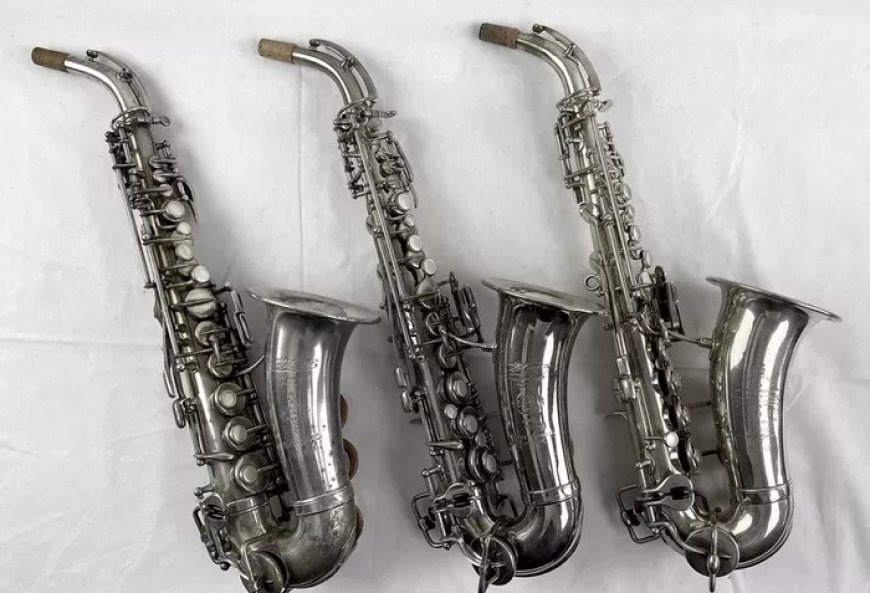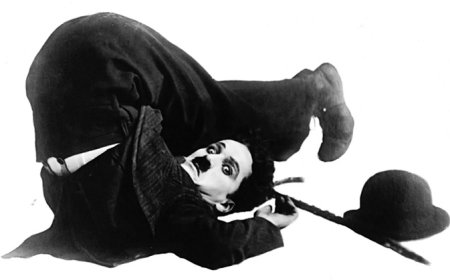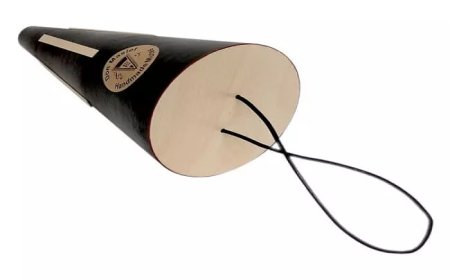When Was the Soprano Saxophone Invented? A Full Exploration
The soprano saxophone is a fascinating member of the woodwind family. Known for its distinct, penetrating tone and straight body, it holds a special place in the world of classical, jazz, and contemporary music.

The soprano saxophoneis a fascinating member of the woodwind family. Known for its distinct, penetrating tone and straight body, it holds a special place in the world of classical, jazz, and contemporary music. However, to fully appreciate thesoprano saxophone?, it is important to understand its origins, the circumstances of its invention, and how it has evolved over time. This article will explore in depth the question:When was the soprano saxophone invented?
The Saxophone Family and Adolphe Sax
To understand when and why the soprano saxophone was invented, we must first look at its creatorAdolphe Sax. Antoine-Joseph Sax, better known as Adolphe Sax, was a Belgian instrument maker born in 1814 in Dinant, Belgium. Sax was an innovator with a deep understanding of acoustics and mechanics, and his ambition was to create a family of instruments that would bridge the tonal gap between strings, woodwinds, and brass.
Sax began developing his saxophone family in the early 1840s. By 1846, he had patented a full series of saxophones ranging from the bass saxophone to the sopranino. The soprano saxophone was among the original set, making its invention date approximately 18401846, with the patent formally filed in 1846.
The Invention Timeline: 18401846
Adolphe Saxs work on the saxophone did not begin with the soprano specifically, but with a broader vision of a new instrument class. The saxophone patent filed on June 28, 1846, outlined a family of 14 instruments in various sizes andkeys, each with a specific tonal range and application. The soprano saxophone was part of this revolutionary lineup, designed in the key of B? and C.
By this time, Sax had already demonstrated prototypes of his instruments at public exhibitions. The soprano saxophone, as a higher-pitched version of the instrument, filled the niche for a woodwind with a more brilliant and vocal tone that could be heard overorchestrasand bands.
Why the Soprano Saxophone Was Invented
The soprano saxophone was not invented in isolation. Instead, it was part of Saxs overarching goal to create a consistent family of instruments that could blend the projection ofbrass instrumentswith the agility and nuance of woodwinds. The soprano saxophone was specifically developed to serve as the upper voice in ensembles and military bands, offering a tone more focused than that of theclarinetbut more flexible than atrumpet.
This strategic innovation was particularly useful in military bands, which were central to musical life in 19th-century Europe. By inventing the soprano saxophone and its siblings, Sax provided a solution to common balance andtimbreissues in these ensembles.
Early Usage in Classical and Military Music
After its invention, the soprano saxophone was first adopted into military band settings. Adolphe Sax, who had strong connections with the French military, successfully convinced the authorities of the usefulness of his instruments. The soprano saxophones piercing tone allowed it to be heard in outdoor performances, while its size made it portable and relatively easy to play.
Though not immediately embraced by the classical orchestral world, a few early composers experimented with saxophones. Hector Berlioz, an admirer of Saxs innovations, wrote about the saxophone with high praise and helped raise its profile. However, it would take many decades before the soprano saxophone found a lasting place in classical compositions and concert bands.
The Design and Structure of Early Soprano Saxophones
The earliest soprano saxophones created by Sax were straight in design, resembling a metal clarinet. Built primarily in B?, with some in C, the instrument featured a conical bore and a single-reedmouthpiece. The keywork was simple compared to modern instruments, with fewer mechanisms for alternatefingeringsor trill keys.
These early designs established the standard soprano saxophone format that would continue to be refined over the years. Later innovations would improve theintonation, tone quality, and ergonomics of the instrument, but the original structure remains fundamentally the same today.
The Evolution of the Soprano Saxophone Through the 19th Century
Throughout the latter half of the 19th century, the soprano saxophone evolved slowly but steadily. Instrument makers across Europe, including French and German manufacturers, began producing their own versions of Saxs designs. While some minor variations occurred in tuning systems and keywork, the basic concept of the soprano saxophone remained intact.
Despite its potential, the soprano saxophone did not immediately gain widespread popularity. Its higher register and somewhat complex intonation made it more challenging to master than the alto or tenor saxophone. As such, its use remained mostly limited to specialized ensembles and conservatories.
Growth of Popularity in the 20th Century
The soprano saxophone entered a golden age in the early 20th century, especially with the advent of jazz. Though the alto and tenor saxophones dominated the genre, some key players helped bring the soprano into the spotlight. One of the most famous was Sidney Bechet, a New Orleans-born clarinetist and saxophonist, who made the soprano saxophone his primary instrument in the 1910s and 1920s.
Bechets expressive tone and technical prowess demonstrated the soprano saxophones potential as a lead voice. His success inspired later generations of musicians, including the legendary John Coltrane, who used the soprano saxophone extensively in the 1960s to explore modal jazz and free-form improvisation.
Manufacturing Innovations and Modern Soprano Saxophones
During the 20th century, the design and manufacturing of soprano saxophones underwent significant improvements. Companies like Selmer, Yamaha, and Yanagisawa refined the instruments key mechanisms, bore design, and tuning accuracy. Curved soprano saxophones were also introduced, resembling miniature alto saxophones, which some players found easier to control and more comfortable to hold.
Today, the soprano saxophone comes in a variety of models and finishes. Some modern instruments offer interchangeable necksstraight or curvedallowing players to choose the setup that best suits their performance needs. Professional players continue to demand instruments with precise intonation, dynamic range, and ergonomic design.
The Soprano Saxophone in Contemporary Music
Beyond jazz andclassical music, the soprano saxophone now features in a wide variety of genres. Contemporary composers and experimental artists continue to explore the instruments unique timbre. Pop, world, and fusion musicians also integrate soprano sax into their work, using it to create emotive solos and atmospheric textures.
Some popular music tracks have showcased the soprano saxophone to great effect, such as Kenny Gs smooth jazz pieces, which brought mainstream attention to the instrument in the 1980s and 1990s. While opinions on smooth jazz vary, there is no doubt that Kenny G played a role in reviving public interest in the soprano saxophone.
Conclusion
So, when was the soprano saxophone invented? The answer lies in the mid-19th centuryspecifically between 1840 and 1846thanks to the ingenuity of Adolphe Sax. As part of a revolutionary family of instruments, the soprano saxophone was created to fill a vital sonic role and has since become a prominent voice in music across the globe.
From military bands to modern jazz and beyond, the soprano saxophones journey is one of persistence, reinvention, and expressive power. Whether straight or curved, metal or lacquered, this instrument continues to captivate musicians and audiences alike with its distinct sound and rich history.
























